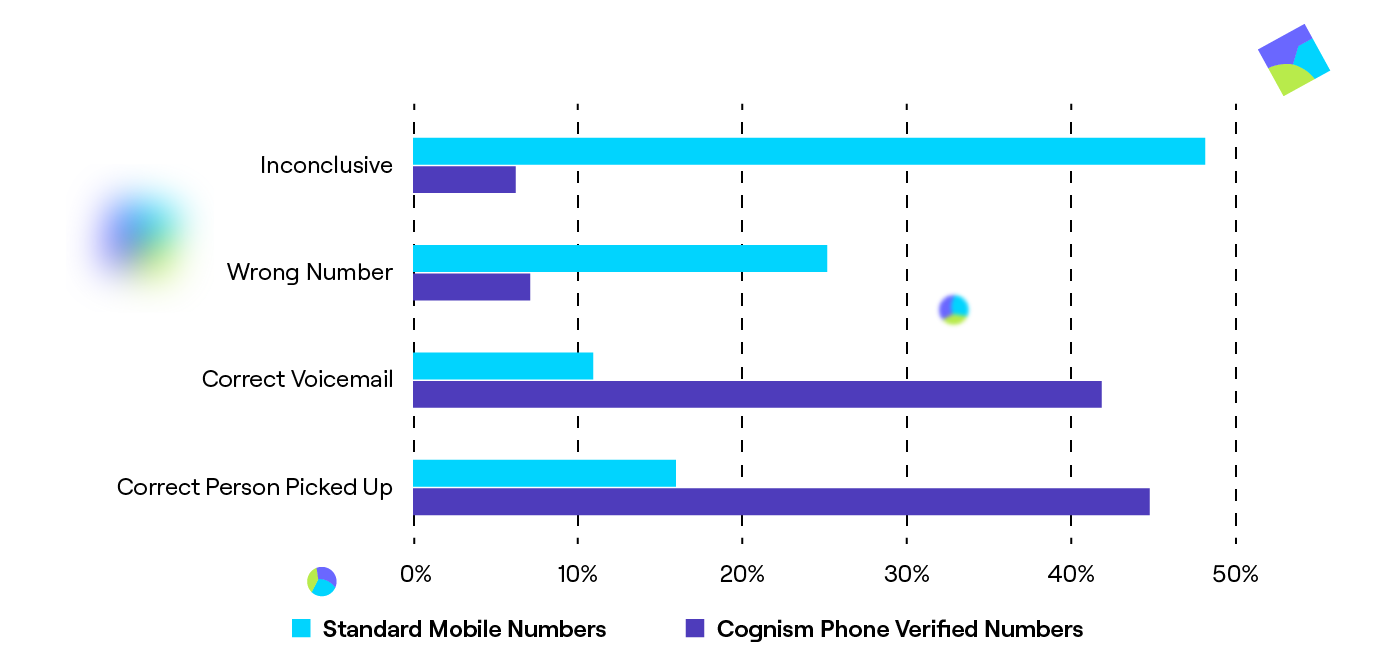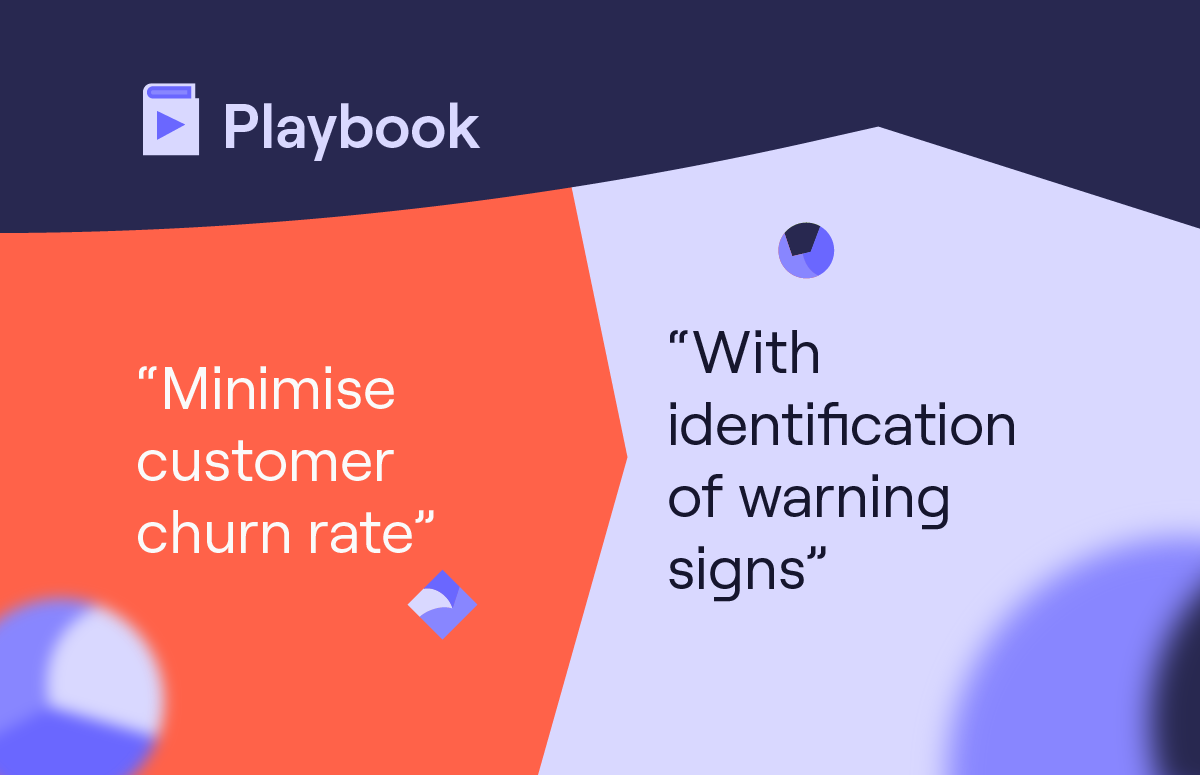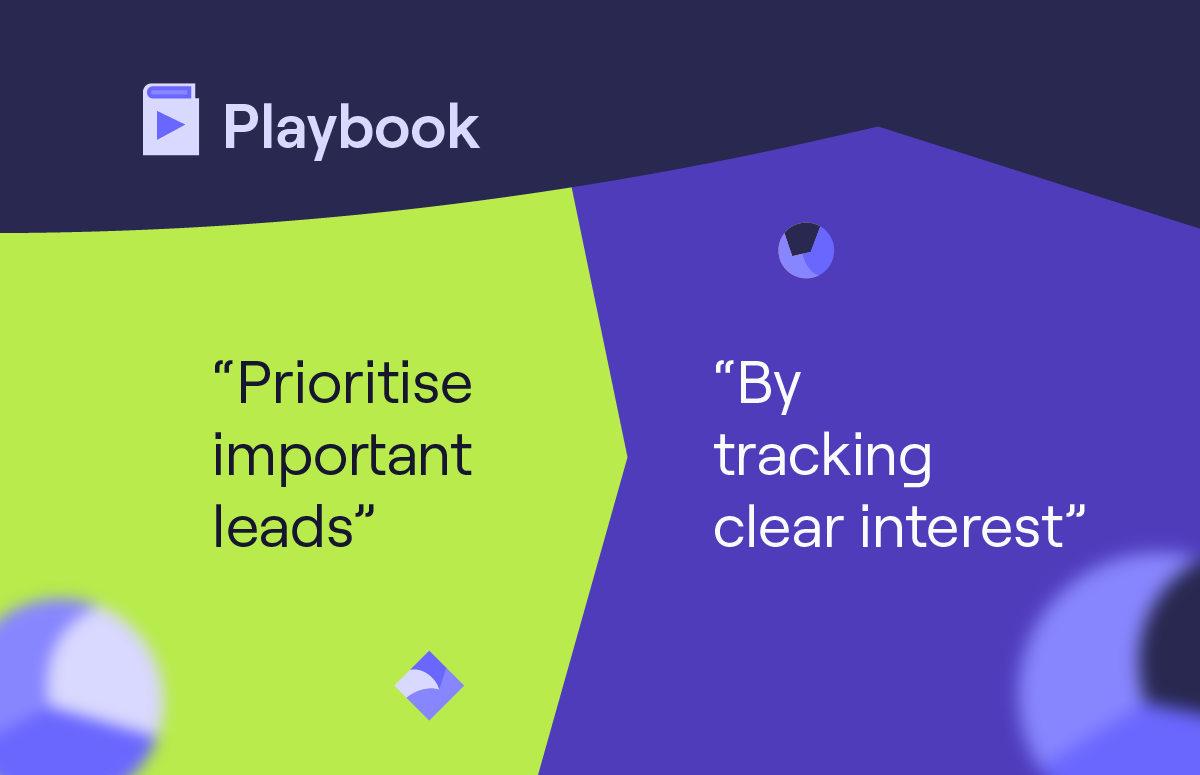COLD CALLING PLAYBOOK
Reducing the number of SDR touches to pipeline by 5x with phone-verified data.
At Cognism, we generate half our pipeline by cold calling. And we do it with 5x fewer touches (150-200) per opp than the industry standard (1,000).
How? We prioritise calling numbers where we KNOW a human will pick up - using Cognism's Diamond Data®.
These manually verified mobile numbers skip gatekeepers and get us connected with more decision-makers. We then apply proven cold calling tactics to book more meetings and generate pipeline.
Channels run
-
Phone
Playbook impact
-
5x fewer touches for SDR pipeline
PLAYBOOK HOST

James Isilay
CEO @Cognism
RECOMMENDED FOR
Let's jump in 👇🏻
What's on this page:
💡 Step 1 | Use the Cognism to find phone verified numbers for leads
There are two workflows you can use.
The first is Cognism Prospector. Our Web App where you can build a list of prospects complete with phone-verified mobile numbers. Prospector integrates with Salesforce, Hubspot, Salesloft and Outreach. So you can push those verified leads into the tools you use in a few clicks.
The second is our Browser extension for individual prospecting. This works on top of tools like Sales Nav and Salesforce. As well as corporate websites. Giving you B2B contacts and instant access to their contact data.
Using the extension you can request our team to verify specific numbers before you call. Or a diamond icon will appear in their profile, indicating this has already been checked.
The clickable demo shows you how to use the extension to find contacts and get their number phone verified.
💡 Step 2 | Pre-call research and opening the call
Cognism’s SDRs follow these 3 steps 👇
ACTIVITIES:
- Click on their LinkedIn profile.
- Check for articles/posts that they have commented on/shared.
- Look over their career history and any personal milestones, e.g.: awards, event appearances.
OUTCOME
Make a note of anything useful that will help you build rapport on your call.
ACTIVITIES:
- Look for any news updates/recent press releases.
- Scroll through the company’s blog (if they have one).
- Create a list of the technology that the company uses.
OUTCOME
Make a note of recent company events/milestones and the language/terms the company uses.
ACTIVITIES:
- Subscribe to industry news websites/LinkedIn groups.
- Pay attention to industry trends, especially with emerging products/technology.
OUTCOME
With this knowledge, you will sound like an expert in their field - helping you to build trust with the prospect.
Ok, your research is done! And you have a phone verified number to connect with the right decision maker.
How do you break the ice and open a call?
You have to ask your prospect for permission to continue.
How does this work in practice?
Simply ask your prospect if it’s okay to talk. Sound calm and sure of yourself when doing so.
Here are some examples:
“Hi (first name), I’m Josh. We’ve never met, but I was hoping you could help me out for a moment.”
“Hi (first name), you’re probably going to hate me because this is a cold call. Would you like to hang up or roll the dice?”
There is no perfect opener, so the key is to find one that works for you can continually test.
💡 Step 3 | Build rapport with the prospect, qualify and pitch
There are a few key principles our SDRs keep in mind to build rapport with the prospect:
- Use mirroring to reflect the prospect's tone. If they're short, get to the point. if they're friendly, keep the chat going as long as needed before steering them forward.
- Always be friendly, even if the prospect is being rude
- Say the prospect's name often
- focus on the prospect's pain points
- Listen and repeat back what the prospect says to you
Once you've built rapport with the prospect you'll want to ask some qualifying questions to ensure they are a good fit. From there we make our pitch.
One tactic our SDRs use is called 'poking the bear'.
To start poking the bear, be comfortable with mirroring. Repeat what your prospects say back to them - sometimes, things that sound sensible coming out of our own mouths sound ludicrous when coming out of someone else’s.
For example - if the prospect says:
“All my sales team manually find their leads”
You say:
“Your sales team find ALL their leads MANUALLY?”
You’ve just identified a pain point that the prospect didn’t even know they had, which gives you an in.
💡 Step 4 | Close the call
Beyond that, here are 3 tactics our SDRs use to good effect:
1st tactic: Seeing the product
Tell the prospect that they’ll find more value from seeing the product in action, rather than having you explain it to them over the phone. Ask them if they have time to see it.
2nd tactic: Wasting their time
Suggest that your cold call is actually a waste of the prospect’s time. Wouldn’t they rather see a demo?
3rd tactic: Giving them a freebie
Here’s how this might sound at Cognism:
“Do you have any objection to setting up a 10-minute meeting where we can quickly build you an intent-based or trigger-based lead list and give you a free data sample to see how our data compares to what you’re using today?”
💡 Step 5 | Rinse and repeat. Phone verified mobile numbers + cold calling = more pipeline ❤️
It became obvious that if we followed the standard SaaS playbook we’d have to build an SDR team who were told to just do more activity.
That was a recipe for a terrible buying experience, burnout and unhappy prospects.
Instead, we needed to find a way to get more opps with fewer touches. But we couldn’t just tell reps “do more with less”. We needed to enable them.
Diamond Data® and phone-verified numbers was our solution. And now we generate over half our pipeline with cold calling, with significantly fewer touches than industry standard.
INDEPENDENT STUDY RESULTS
Phone-verifed numbers = 3x more likely to connect



